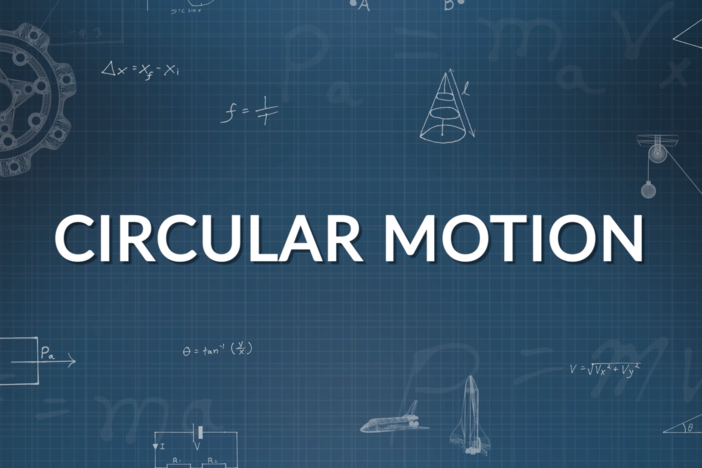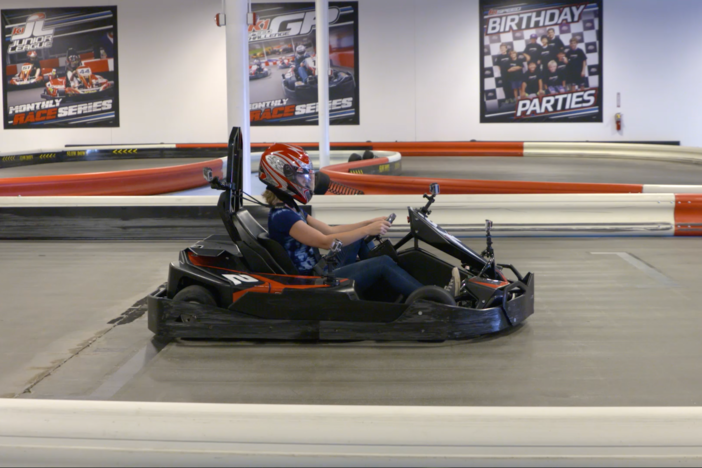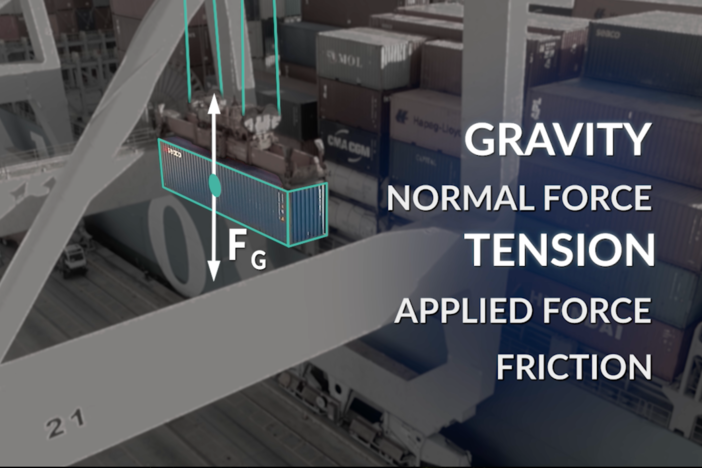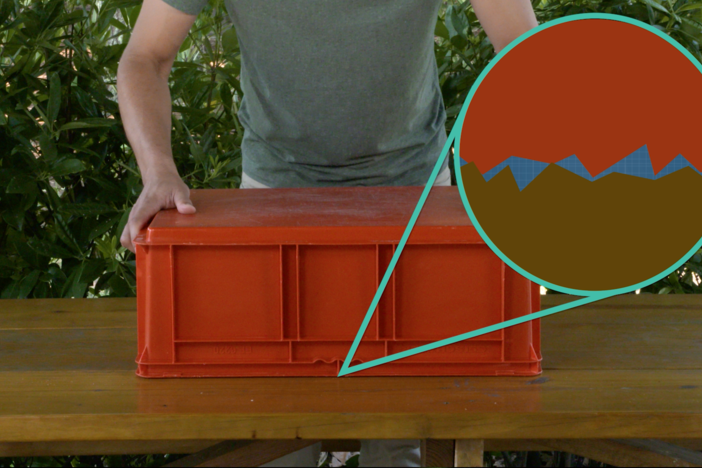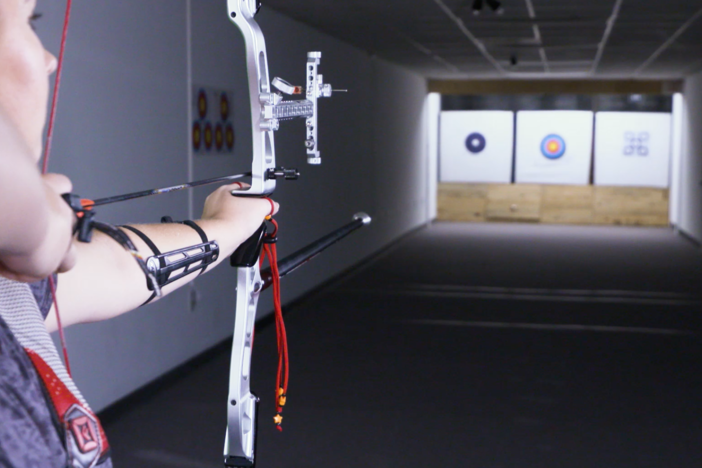Segment G: Circular Motion
We travel to an amusement park to explore circular motion. We work through an example problem and define such terms as tangential velocity and centripetal acceleration.
Segment G: Circular Motion
We travel to an amusement park to explore circular motion. We work through an example problem and define such terms as tangential velocity and centripetal acceleration.
Science
Obtain, evaluate, and communicate information about how forces affect the motion of objects.
Develop and use a model of a Free Body Diagram to represent the forces acting on an object (both equilibrium and non-equilibrium).
Use mathematical representations to calculate magnitudes and vector components for typical forces including gravitational force, normal force, friction forces, tension forces, and spring forces.
Plan and carry out an investigation to gather evidence to identify the force or force component responsible for causing an object to move along a circular path.
- Calculate the magnitude of a centripetal acceleration.
-Explain that objects accelerate when they change direction, even if they are not speeding up or slowing down.
-Explore the idea that centripetal force is the sum of the forces, such as friction, tension, gravity, or normal forces, acting toward the center of a circle a moving object traces out.
-Be able to identify or calculate an object’s tangential velocity, centripetal acceleration, the radius of the circle its motion traces out, the circumference of that circle, and the period of time it takes to travel through one complete revolution.
-Explain that you feel you are being pushed outward when moving in a circle, which is not a force, but the tendency of your body to continue in a straight line (inertia).
centripetal acceleration (aC) - the acceleration of an object moving in a circle that is directed toward the center of the circle.
centripetal force (FC) - any force that causes an object to move in a circle.
circular motion - anytime an object moves in a way that traces out a circular path.
period (T) - the time it takes to go around a circle once.
tangential velocity (vT) - the velocity of an object in its circular path that is directed tangent to the circle at that given point.
The Physics in Motion teacher toolkit provides instructions and answer keys for study questions, practice problems, labs for all seven units of study. GPB offers the teacher toolkit at no cost to Georgia educators.To order your teacher toolkit, complete and submit this form to request the teacher toolkit. You only need to submit this form one time to get materials for all seven units.
